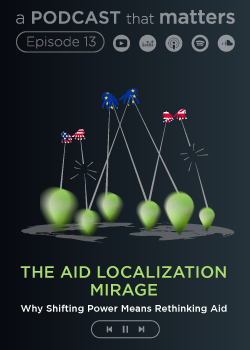Print

The Study on Formulation of Spatial Planning for GREBANGKERTO SUSILA (GKS) Zone in East Java Province
Details
Locations:Indonesia
Start Date:2009
End Date:2011
Sectors: Mapping & Cadastre, Transport, Urban Development
Categories:Consulting services
Funding Agencies:
Date posted:Mar 30, 2016
Description
Background
GERBANGKERTOSUSILA (GKS) in East Java province is the second largest economic zone in Indonesia, with five kabupaten (district or regency) and two kota (city). The kabupaten are Sidoarjo, Mojokerto, Lamongan, Gresik, and Bangkalan; the kota are Mojokerto and Surabaya. In Indonesia, the Spatial Planning Law, amended in April 2007, stipulates that the national, provincial, kabupaten, and kota governments, must prepare a spatial plan. The National Spatial Plan was formulated in March 2008, based on which the provincial governments formulated their own spatial plans. Subsequently, kabupaten and kota governments were to prepare their spatial plans by April 2010 based on the provincial spatial plans. A spatial plan for a metropolitan area like the GKS is indispensable as it is one of Indonesia’s national strategic zones.
Objectives of the Study
- To formulate the GKS Spatial Plan 2030
- To prepare an action plan for urban transportation in the area
- To strengthen the capacity of the counterpart personnel and institutions in the course of the Study
Proposed Plan
The Study proposed regional development vision, missions, development strategies, and projects/programs to achieve a balanced growth among the kotas and kabupatens of GKS taking account of economic, social, and environmental aspects. The GKS spatial structure is proposed to form with the following features:
(1) Compact Eco-City;
(2) High amenity urban space;
(3) High mobility city;
(4) Competitive industrial centers; and
(5) Harmonious linkage between urban and rural areas under an Agropolitan concept.
Spatial pattern and structure are drawn up based on a GIS based land evaluation result. Strategic development zones are also designated with priority projects. Sectors covered in the study are economic development; transportation; infrastructure and utilities; housing and public facilities; environmental management; growth management & control for spatial utilization; and organizational reform for the implementation.
Spatial pattern and structure are drawn up based on a GIS based land evaluation result. Strategic development zones are also designated with priority projects. Sectors covered in the study are economic development; transportation; infrastructure and utilities; housing and public facilities; environmental management; growth management & control for spatial utilization; and organizational reform for the implementation.
Client: JICA

